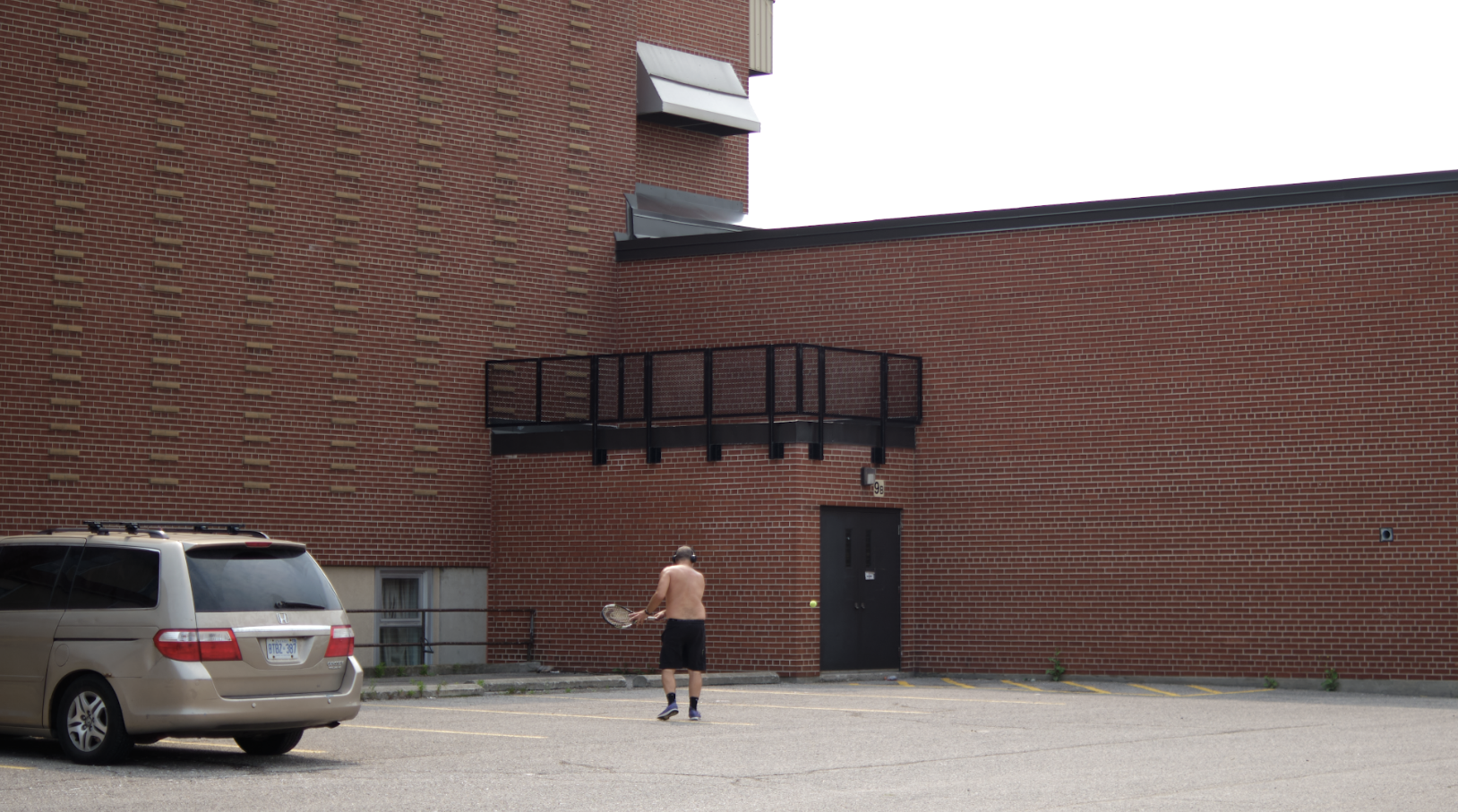Menu
9 General Policy Directions

9 General Policy Directions
By way of conclusion, below are nine key policy directions that flow from Community Voices. While these are not all new or unprecedented, gathering them together into an overall agenda and grounding them in the voices and interests of community residents gives them critical coherence and credibility.
- Safety first. Prioritize measures to make residents feel safe in their communities with a focus on pedestrian safety and traffic control, and reducing gun violence. Our work also shows that a resident-driven approach to safety would acknowledge that youth, particularly those who are lower income and/or newcomers who feel the least safe within neighbourhoods. For the issue of gun-violence our research points to the need for investments in preventative programming (youth and employment programs), innovative initiatives like FOCUS Rexdale which have coordination between law-enforcement and social service agencies, and also an “eyes on the streets” approach to safety. This includes consideration of both police presence, lighting and getting more residents walking and enjoying public spaces in daytime and evening hours.
- Maintenance matters. Maintenance of roads, buildings and public spaces is a condition for almost any other successful policy initiative. Street cleaning, upkeep of public and privately owned towers (TCHC maintenance and tower renewal), improvements in public landscaping and architecture, the aesthetics of public space, public art. These are not peripheral issues; they are critical to neighbourhood health and also social inclusion. From the perspective of residents, they signal that their communities are as important as any other neighbourhood in Toronto.
- Palaces of the people. Invest in libraries and community centres. Community hubs are highly valued by participants, with libraries in some cases serving this function as well. Residents in Rexdale made a strong case for the need for expanding recreation facilities locally and the need to maintain and expand the role of the Albion Library as a neighbourhood resource. These also help to create local landmarks that can define a shared neighbourhood identity. Our survey revealed that residents of lower SES areas were less likely to name their neighbourhoods in the same way, compared to higher SES areas, who were more likely to use official city neighbourhood names. A common identity, especially one that aligns with official definitions, can be an important platform for neighbourhood advocacy.
- Mental health support as core local service. Consider urgent investments in locally accessible mental health services. While residents seemed to accept that travel would be required for specialised medical care and even family doctors, locally accessible mental health services were seen as an area in need of urgent investment and expansion.
- Increase awareness of available services. Support increased investment in connecting newcomers to services. Our survey made it clear that newcomers to Canada are some of the strongest supporters of our institutions and government. Yet, they are also the most unaware of locally accessible services. Increased focus on supporting newcomers to navigate the system and increase awareness of services is needed and may be a key piece in maintaining this trust and connection with Canadian institutions over time.
- Increase frequency and quality of buses. Our respondents did not express a strong desire for new subway construction. But many rely on TTC buses for daily routines and commuting to work. Long wait times, poor wait time messaging systems, and crowding were common complaints.
- Increase investment in social services and upkeep within Toronto Community Housing. The stigmatization of community housing communities and the concerns from our interviewees who live in those communities about maintenance and safety both show critical need for significant investment in capital improvements in TCHC communities. Increased support for wrap-around services delivered locally within the communities would support residents who face social barriers.
- Show you care. New investments need to be made to open more accessible lines of communication with the city and elected leaders, especially in light of the reduction of councillors. Residents strongly valued responsive city leaders who were present in their local communities, promptly returned calls and messages, and were perceived as advocates in city hall — and not only in the election season.
- Political boundaries are largely invisible to ordinary citizens. Recognise that residents travel not just within Toronto but across the 905 to access diverse services and amenities not present in their communities. For many inner suburban residents, suburban 905 communities are their primary reference point and comparison in defining a successful community. Include these reference points in definitions of problems and solutions.




